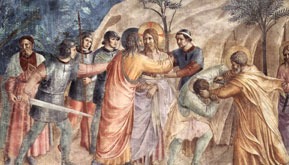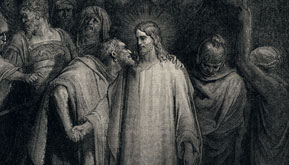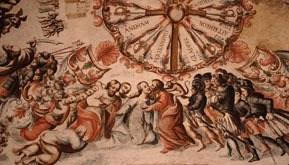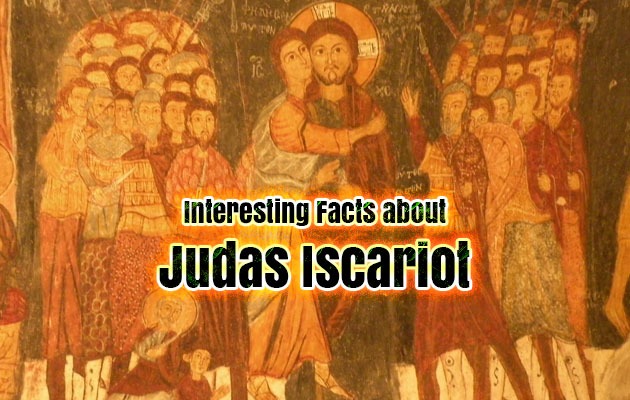Nearly everyone has at least heard the name of Judas Iscariot – if only as an epithet for a traitor, even if unaware of the origin of the term. Judas was an actual man who lived in the first century, who died around 33AD. There is not a lot known about Judas, but we do know some things, and there are speculations about others based on documents and history.
One thing that is a fact is that he was one of the 12 original disciples of Jesus Christ. While we are not told the circumstances of his selection, he is nevertheless named among the apostles and, indeed, was the treasurer for the group. He was one of three men named Judas among the twelve; the other two were Judas Thomas (more commonly known simply as Thomas) and Judas Thaddaeus (also generally referred to by surname only).

“Judas” is the Hebrew name Judah translated into Greek; it means “praised.”
The other apostles were all Galilean, but Judas was not if he was born in Kerioth. While they all lived in the northern area of Galilee, Judas would have been from the southern part of the nation, instead.

In paintings of the Last Supper, Judas usually either has no halo or has a dark one, contrasting with the other disciples who are portrayed with light halos. This is also true in some stained glass windows, like the one in the Church of St. John the Baptist, Yeovil.
Judas is condemned to the lowest (ninth) circle of Hell in Dante’s Inferno. Dante’s take is that Judas – because he was the ultimate traitor who betrayed the Son of God Himself – is stuck by his head in the jaws of Satan’s central head (of three), purportedly the most vicious, allowing his back to be clawed by the fallen angel.
The kiss of betrayal is immortalized in the art of Caravaggio in The Taking of Christ.

A Coptic manuscript dating back to the 2nd century AD has been found that purports to be “The Gospel of Judas.” If its origin is authentic and its translation is correct, it portrays a completely different Judas than is commonly accepted. There is a reference to it in writings by St. Irenaeus around 180AD (condemning it), which would tend to verify its existence, if not its validity. In this document, correspondence between Judas and Jesus would seem to indicate that not only did Judas know and understand Jesus was God, but also that the two conspired to arrange for Judas to turn Jesus over to the Romans. This would seem to make Judas as much a sacrifice for the salvation of the world as Jesus Himself. Since the manuscript is badly decayed and damaged, the correctness of the translations is somewhat in question, and because it is likely that it was written in the second century, there is also doubt as to its trustworthiness.

His death, too, has more than one possibility. The account in Matthew says that he hanged himself, while the account in Acts indicates that he fell and became disemboweled. Whichever happened, it was still an unpleasant way to die.

Today, people use Judas’ name as a derogatory term, to call someone a traitor, or indicate a person who has betrayed in a particularly heinous manner.

